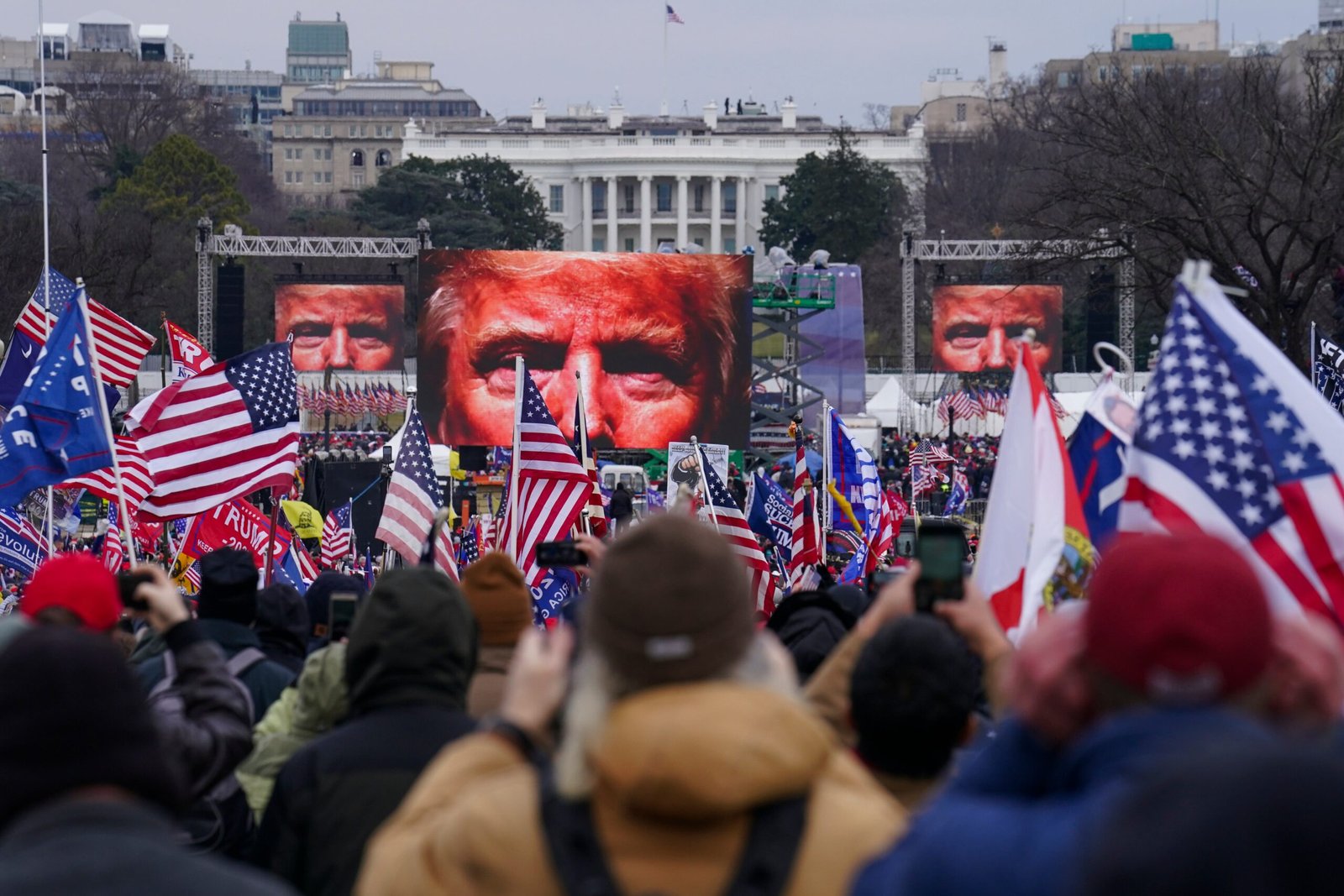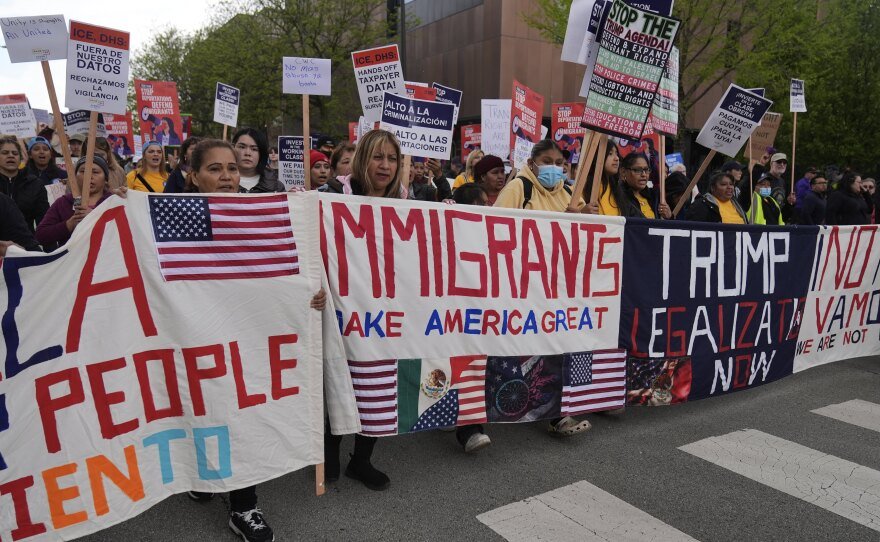
One Country, Two Realities: Inside America’s Media Civil War
“It’s not just that we don’t agree. We don’t even speak the same language anymore.” — Samira V., freelance reporter, San Diego

Prologue: The Split-Screen Nation
At 8:04 PM on April 6, 2025, a video of a protestor allegedly shot in Oakland went viral.
Within fifteen minutes, Fox News posted a headline: “Leftist Mob Turns Deadly.”
On TikTok, a clip from the same angle was captioned: “Federal Agent Fires on Unarmed Youth.”
CNN debated whether it was real. MSNBC blamed Trump-era policies.
Meanwhile, Truth Social called it “a staged Antifa hoax.”
Reddit split in two. Threads exploded. The truth never caught up.
That’s when I realized: America doesn’t disagree on facts anymore — it lives in two parallel factual universes.
I. The Death of Shared Reality
There was a time when major events—natural disasters, elections, acts of violence—created a unified national narrative, even if interpretations differed.
That time is gone.
According to a 2025 Gallup survey:
- 72% of Americans believe major media outlets intentionally mislead.
- Over 40% get their primary news from “alternative platforms.”
- One in five rely entirely on closed-loop apps like Telegram or Truth Social.
This is not media pluralism. It’s epistemological balkanization.
II. The Algorithm Knows You Better Than Your Family
The platforms were built to profit from attention. But attention thrives on rage, fear, and identity affirmation. And in 2025, the algorithm doesn’t just know what you like—it knows what will radicalize you.
Scroll long enough, and you’ll be told:
- That ICE is rounding up children with military drones.
- Or that California is about to break off and become a Chinese satellite.
- That Biden is dead.
- That Trump never left.
Most of it isn’t true. But truth has no value in a system that rewards engagement over verification.
The result is not confusion. It is certainty based on fiction.
III. Propaganda by Other Means
In March, a video circulated showing Gavin Newsom allegedly in a backroom meeting with “foreign advisors.” It was a deepfake, traced back to a server in Eastern Europe. It was viewed 28 million times before it was flagged.
By then, the damage was done.
Fake photos of Trump “ordering ICE raids personally” were shared by far-left networks. AI-generated images of “burned-out cities” were posted by pro-Trump accounts.
Even reputable journalists are drowning. Fact-checking is too slow. Contextualization is ignored.
The 2025 uprising has become not just a battle in the streets—but a digital hallucination war.
IV. Legacy Media’s Last Gasp
What about traditional outlets?
- The New York Times issues retractions.
- NPR runs longform explainers.
- The Washington Post publishes exposés.
But these stories are too late, too cautious, and too distrusted.
Local news is nearly extinct. Cable news is opinion theater. Trust has evaporated.
The very idea of “journalism” is now a partisan identity marker.
To believe a story is no longer a cognitive process. It is a tribal declaration.
Conclusion: From Information to Weapon
When truth becomes tribal, media becomes militia.
And America becomes a battleground of perception.
California is burning not just in the streets, but in search bars, private groups, and comment sections. The revolution will not be televised — but it will be manipulated, memed, monetized, and multiplied.
In 2025, what you believe is less about evidence, and more about allegiance.
For a deep exploration of media fragmentation, digital propaganda, and the narrative collapse shaping America’s future, read California on Fire, the definitive 100-page investigation of the 2025 uprisings and their systemic roots.


